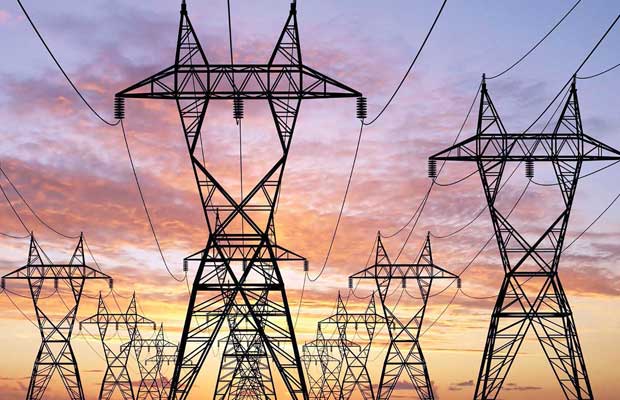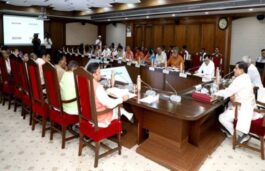

The green initiatives in Union budget 2019 focus on renewable energy, air pollution, water, and solid waste management for a sustainable future. That makes the integration of renewable energy like solar and wind in existing national grid a must to achieve India’s target of 175GW in renewable energy capacity by 2022. But the variability and intermittency in solar and wind energy generation is a challenge to the proper utilization of these energy options in the grid.

del2infinity Energy Consulting
Hence, to stabilize the grid properly, accurate Deviation Settlement Mechanism (DSM) regulation is required to bring grid discipline. The Central Electricity Regulatory Commission (CERC) and other State Electricity Regulatory Commissions (SERCs) have accordingly designed the Forecasting & Scheduling (F&S) regulations.
The PSS (Power System Simulators) level forecasting and scheduling is absolutely necessary in balancing the demand supply of energy, without which most of the energy cannot be evacuated properly and Independent Power Producers (IPPs) face the prospect of a back down. Besides revenue losses, it is the loss of energy which must be minimized. The regulation aptly states the requirement of F&S at PSS levels to stabilize the grid and to minimize the cost of maintaining grid-stability. Interestingly, only 2 SERCs out of 12 SERCs, namely Karnataka & Andhra Pradesh (AP), are reluctant to accept the requirement of forecasting at PSS level for grid stability or grid discipline, and considers the geographical integration of different PSS.
Aggregation of different PSS does not increase the accuracy of forecasting, nor does it help with grid discipline. It only reduces the error by dividing a value with large available capacity. But does it really reduce the cost of maintaining grid-stability? Will aggregated forecasting help to resolves the issues like (i) frequent failure of grids, (ii) non-availability of grids for smooth evacuation, (iii) backingdown by State Load Dispatch Centre (SLDC), (iv) increase of cost & frequency of maintenance of grid (v) higher transmission losses, which will affect the IPPs in the long run? Interestingly, APSLDC is considering the aggregation of different PSS; and now the question comes then how they are maintaining the balance in the grid system.
If the balancing of the system is not properly available, renewable energy generation cannot be in ‘must run’ condition leading to frequent failures of grids, backing down, the increase of cost and frequency of maintenance of grids, are inevitable. This will lead to inevitable loss in generation and affect distribution. When proper balancing of the system is under question in aggregated forecast, the maximum utilization of non-conventional energy in a state is also under threat. The huge financial pressure in discoms like at AP is not only due to the Power Purchase Agreement (PPA) rate of solar and wind, it can be also due to non-availability of a proper balancing system which also affects the IPPs indirectly.
The re-negotiation of PPA of wind and solar in AP is just one way of looking at the problem of the financial stress of discoms. Without a proper balancing system, wind and solar cannot be utilized to its maximum potential and without grid stability, the technical and financial stress of discoms cannot be solved. Solar and wind are the future and we have to nourish its generation, transmission and distribution with ‘must-run’ conditions. And for which, F&S at PSS level is required to optimize the variability and intermittency. If maximum utilization of solar and wind is not available, the re-negotiation of PPA will hardly solve the larger issue of existing grid stability. Maximum utilization of Renewable Energy (RE) in existing grid can be the key to distressed discoms and a proper balancing system would go a long way in helping the country meets its RE targets too.



























